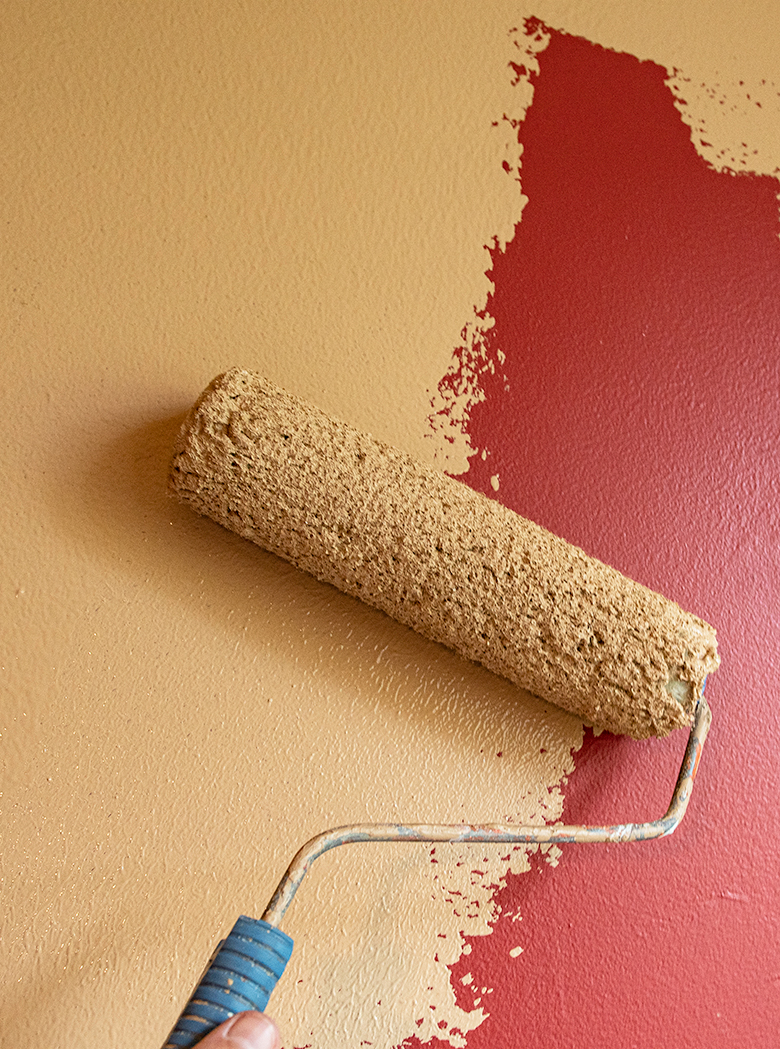
Look no further if you are looking for a Savannah artist who can assist you with all your painting needs. There are many talented local artists to choose from. Let's take a look at Joseph Shields, Shea Slemmer and Pat Lamar. They are all recognized as Savannah artists.
Pat Lamar
Pat Lamar was born in 1882. After graduating from Savannah's Art Institute, she continued her art studies in New York. She was an artist who painted landscapes, still lifes, and traveled Europe. From 1952 to 1969 she also taught art at Savannah State College. She was also part of the 1957 National Conference of Artists. It promoted Black artists, and their work. She grew up in Missouri and earned her art degrees from the Kansas City Art Institute. Her work was distinguished by intense colors and vivid scenes.
Brook was well-known because of her vivid portrayals on poverty in south. She studied at the Art Students League in New York and affiliated with the Whitney Studio Club, which later became the Whitney Museum of American Art. Her work was a central point of a vibrant group of artists in New York City and Woodstock (a small town located about 100 miles north-east of Manhattan). Gambrell also taught classes to her at the University of Georgia Extension campus. In addition, she was a major contributor to the Savannah art scene.
Joseph Shields
A Savannah painter and photographer, Joseph Shields has achieved recognition across the United States with his photographs. His work has been featured in important exhibitions in cities such as Mobile, Alabama, and Alexandria, Louisiana. Huntsville Museum of Art acquired his work. He has received many awards and recognitions for his art.

The gallery will be showcasing works by local, regional, as well as minority artists. The gallery will feature rotating Guest Artist exhibits sponsored by local businesses. A painting by William Kwamena Poh, a Ghanaian artist, will be featured in the gallery. This Savannah painter is well-known for delicate portraits that depict women wearing traditional African fabrics.
Will Penny
Will Penny was a southern Ontario farmer who was born and raised. He received a BFA in art from Fanshawe College, London, Ontario. Later, he earned an MFA and a BFA from SCAD. His work explores the tensions between form, light, and shadow. His paintings include traditional painting and digital and interactive technologies.
Penny's new work explores technology's role as a medium in his art. He works with technology in order to understand the dissonance that digital structures have to the physical inputs necessary to function. He also studies issues of code, fantasy, and opticity to explore the nature of mediated experience.
Shea Slemmer
Savannah painter Shea Slemmer, is well-known for her innovative body of work. Her current Laney Contemporary Fine Art exhibition, "Cooling Effect", marks a pivotal point in her life that is rich with personal meaning. Slemmer, who is from Ocala (FL), exhibited "Cooling Effect" in April 2013. This show features many mediums and viscosities.
In recent years, Slemmer has had several solo exhibitions, including shows at Sweet Lorraine Gallery in Brooklyn, NY, and the Telfair Museum in Savannah, GA. Her work has been featured on a number publications, including The South Magazine. Savannah Magazine. and Atomic Ranch.

Virginia Jackson Kiah
Virginia Jackson Kiah, the Savannah painter was born 1911 in Baltimore. She was an influential African American activist, educator, artist. Although she was denied access as a child to the national museums, she was eventually accepted into the community and gained recognition. Her work has been exhibited in solo and group exhibitions across the Southeast.
Virginia Jackson Kiah wasn't a Savannah native, Georgian, but she was an integral part of the community there after moving there in 1950. In addition to painting portraits, she also founded a museum in her home. The museum featured works by artists from all races and ethnicities. It was a popular spot for community gatherings. She and her family often hosted politicians, artists, and entertainers.
FAQ
Do I need a legal representative to sign my service agreement?
No. Your service agreements can be signed by anyone. A legal representative may be necessary to sign your service agreements.
Legal representatives are individuals who act on behalf a person. If you are a contractor, you may want to appoint someone who will represent you professionally.
This could be hiring an accountant or solicitor. Or it could simply mean appointing someone to look after your business interests.
In most cases, the client appoints a lawyer. Sometimes, however the vendor hires a legal agent.
A legal representative can help you to protect yourself legally in either of these cases.
Is there an upper limit on how much I can spend?
No. Your SCA sets an upper limit on the total cost of the project. The contractor may be willing to negotiate a lower price.
Are there other things I should consider?
Yes. You should check the laws in your area about the types of projects that you are permitted to undertake and the requirements you must meet. Some states require you to get approval from the council to build. Other states require that you notify the council of your plans. You can check with the local authorities for their views on this issue.
Do I need to sign anything before I start work?
Yes, your SCA must be signed by both parties. This means that neither party can alter their minds later without the consent of the other.
What is a Standard Contract Form?
A template for creating contracts is the standard contract form. These templates include all of the basic elements of a contract including the date/time, place and parties.
It is possible to modify standard contracts forms to suit the needs of individual clients. Some companies even offer standard contract forms.
These forms may be not suitable for every situation. They can often be a time-saver and a great way to save money.
You might want to consider using one of these standard contract forms.
Statistics
- (1) Except as provided in paragraphs (a)(4) and (a)(8) of this section, if the estimated amount of the contract or subcontract is $10 million or more, the contracting officer shall request clearance from the appropriate OFCCP regional office before- (acquisition.gov)
- (d) Contractor disputes related to compliance with its obligation shall be handled according to the rules, regulations, and relevant orders of the Secretary of Labor (see 41 CFR60-1.1). (acquisition.gov)
- (ii) Name, address, and telephone number of each proposed first-tier subcontractor with a proposed subcontract estimated at $10 million or more. (acquisition.gov)
- Don't take their anger personally, they are mad about the situation 99% of the time. (activatemylicense.com)
- (v) Place or places of performance of the prime contract and first-tier subcontracts estimated at $10 million or more, if known. (acquisition.gov)
External Links
How To
What should a Service Agreement include?
Any business relationship requires a Service Agreement. It describes what you expect of each other and how to achieve it. The SA also specifies when and where you expect each party to fulfill its contractual obligations.
Here are the essential elements to a successful SA
-
Both parties will agree to the scope of work.
-
Details about the payment terms.
-
An agreed price for your project.
-
Any additional costs like VAT etc.
-
Whether there is any other matter that should be discussed.
-
Who will take responsibility if there is an error in the job?
-
How disputes will be settled
-
What happens when one party breaks the contract?
-
What happens if there is a dispute
-
When will the contract become effective?
-
What happens if a party doesn't perform.
-
How long do you have to pay invoices?
-
Who pays for things like travel expenses.
-
Where the money comes.
-
What happens when the client has a change of mind?
-
What happens if the supplier isn't there?
-
Who is allowed to access the site during construction
-
What happens if the customer cancels?
-
What happens if a product is not as described?
-
What happens if the supplier refuses to sell parts?
-
What happens if equipment fails?
-
What happens if a project takes longer than expected?
-
What happens if the work isn’t completed within the stipulated time?
-
What happens to the project if it isn't up-to-standard?
-
What happens when the cost is too high?
-
What happens to the materials if they are not delivered on-time?
-
What happens if the material arrives damaged.
-
What happens if the products are not up to standard.
-
What happens if the job gets cancelled before it is completed?
-
What happens if the company goes bust.